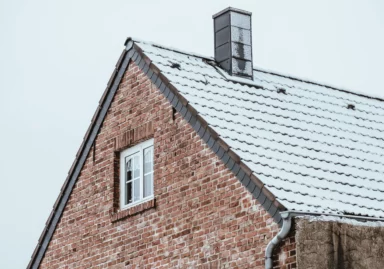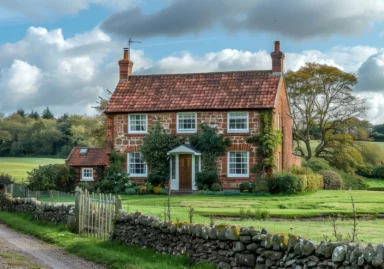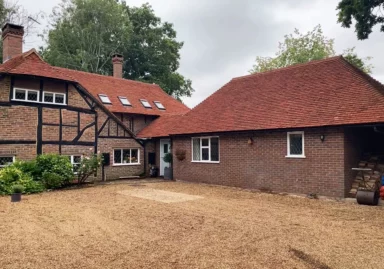What equipment is needed for roof cleaning?
4th June 2024


At this time of year, wintry weather can cause problems for roof tiles, so it’s worth considering roof cleaning in winter. Along with the build-up of dirt and debris caused by sleet, snow and ice, frost damage can also occur. This is caused by the build-up of micro-roots growing in between and underneath roof tiles.
In frosty conditions, moss expands, which causes movement and places pressure on the roof tiles. Over time, the roof tiles can weaken, which makes them brittle and more likely to crack, leading to potential roof leaks.
In heavy rain, moss living between your roof tiles can become dislodged. If this plant matter falls into your gutter, downpipes can become blocked, causing water to overflow. This can affect your roof integrity, including eaves and soffits, leading to mould, damp and rot.
Bad weather is only one factor that can affect your roof in winter. Although windy conditions can dislodge roof tiles, it’s often storm debris itself that causes issues. A build-up of leaves, twigs and even branches can cause damage over time if left wedged in between tiles and gutters. As organic matter, this will eventually start to rot and result in mouldy debris.
Although less problematic in terms of nests, birds can still wreak havoc on roof tiles, especially larger species. Bird waste can cause damage over time due to the uric acid content in their droppings. Many people mistakenly use high-pressure power jets to clean their roofs, but this can sometimes cause more damage than the bird droppings!
Instead of blasting your roof with water, engage a professional roof cleaning company. We do not use high-pressure water jets to clean your roof; we have a proven two-step process that ensures your roof tiles stay intact without any damage. Our team will always advise you on any repairs that are needed before we clean your roof.
Ideally, you should clean your roof in early spring or summer, but that doesn’t mean you shouldn’t clean it in winter. If you have moss, algae and lichen growing on your roof tiles, then it’s best to remove these organisms to help protect your roof from damage.
Here is our two-step process for cleaning your roof:
Our roof-cleaning team uses specialist equipment and we won’t walk on your roof tiles. Our aim is to ensure your roof is protected at all times, while we’re on-site and for years to come.
We advise inspecting your roof regularly during winter, especially after any severe weather. If you’re unsure if a roof tile has become displaced, check your loft or roof space and ceilings for any tell-tale damp spots or water marks. These are signs of a potential water leak, and you will need a roof survey to check and repair any damage quickly.
Did you know that as well as cleaning, we also restore clay roof tiles? Instead of replacing your entire roof, we can repair and replace damaged, cracking and flaking roof tiles. As clay roof tiles do not wear evenly, you don’t always need a full roof replacement. We can also recement ridge and hip tiles, and we can repair damaged chimneys too.
For advice or a free, no-obligation roof cleaning & restoration quotation, contact us
4th June 2024

10th May 2024

8th September 2022
